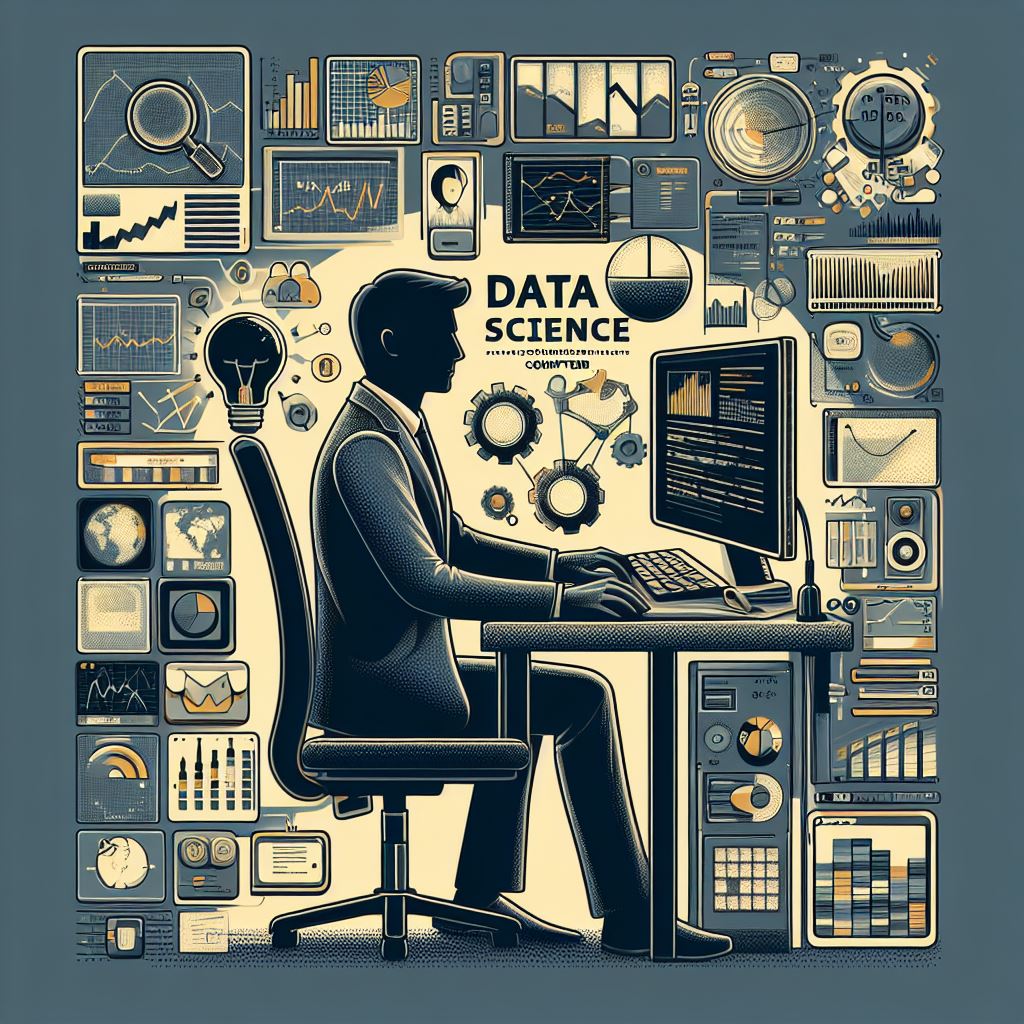Artificial Intelligence (AI) is making profound impacts in various industries, and healthcare is no exception. In particular, AI’s integration into medical imaging is transforming the way doctors diagnose, treat, and monitor diseases. By using advanced algorithms and machine learning models, AI can help identify patterns in medical images that may not be visible to the human eye, leading to faster, more accurate diagnoses.
The Role of AI in Medical Imaging
Medical imaging involves the use of technologies such as X-rays, MRIs, CT scans, and ultrasounds to create visual representations of the interior of a body for clinical analysis. Traditional methods of interpreting these images can be time-consuming and prone to human error. AI, however, enhances this process by providing tools that can analyze vast amounts of medical data rapidly and with precision.
AI in medical imaging uses deep learning techniques, where a neural network is trained on thousands of medical images to recognize specific features, such as tumors, fractures, or infections. Once trained, these AI systems can assist radiologists in making faster and more accurate interpretations of new images, reducing the chances of misdiagnosis.
Benefits of AI in Medical Imaging
Faster Diagnosis: One of the primary advantages of AI in medical imaging is speed. AI-powered systems can analyze images in a fraction of the time it would take a human to do the same, leading to quicker results for patients.
Improved Accuracy: AI systems have been shown to achieve diagnostic accuracy that rivals or even exceeds that of experienced medical professionals. By identifying subtle patterns that might go unnoticed by the human eye, AI ensures a higher degree of precision in diagnoses.
Assistance with Workflow: AI tools also enhance the efficiency of radiologists and healthcare professionals by automating repetitive tasks, such as detecting anomalies in images or organizing large datasets, allowing them to focus on more complex cases.
Early Detection and Prevention: AI’s ability to detect early signs of diseases such as cancer, neurological conditions, and cardiovascular issues has the potential to save lives. Early diagnosis allows for timely intervention and treatment, improving patient outcomes.
Cost-Effective Healthcare: As AI continues to improve, it could reduce the overall cost of healthcare by streamlining diagnostic processes, minimizing human error, and improving the overall workflow in medical facilities.
Real-World Applications of AI in Medical Imaging
Several real-world applications of AI in medical imaging are already proving beneficial. For instance, AI is being used in oncology to detect and track tumors. AI algorithms can analyze CT scans or MRIs to spot early-stage cancers, enabling doctors to begin treatment sooner. Similarly, AI in neurology helps doctors identify and monitor conditions like Alzheimer’s disease by analyzing brain scans for early warning signs.
In cardiology, AI is being applied to detect heart conditions such as arrhythmias or coronary artery disease by interpreting ECGs or echocardiograms. In emergency rooms, AI-powered imaging systems are helping doctors quickly assess traumatic injuries, ensuring immediate treatment.
Challenges and Future Directions
Despite its impressive capabilities, the integration of AI into medical imaging is not without challenges. One of the major concerns is the need for high-quality, diverse datasets to train AI models. Without sufficient data, AI systems may not perform accurately across different populations or healthcare settings. Additionally, regulatory approval and ethical considerations around patient data privacy must be addressed.
Looking ahead, the future of AI in medical imaging holds great promise. As AI models become more advanced, we can expect even higher accuracy rates, faster results, and greater integration into everyday clinical practice. Ultimately, the goal is to create a healthcare environment where AI not only assists doctors but also enhances the overall quality of patient care.
5
